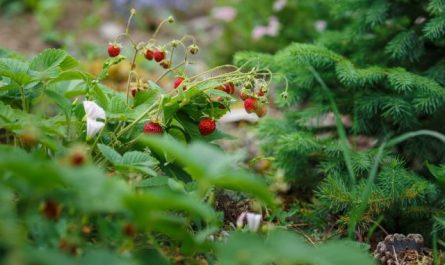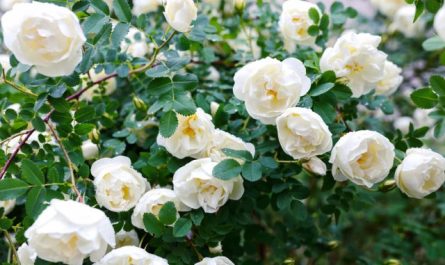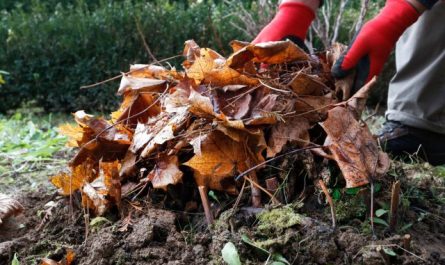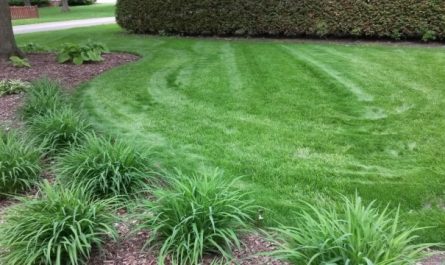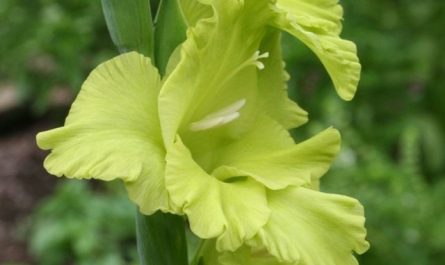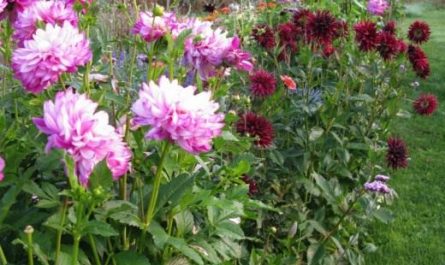Noble white – this is how the name of this wonderful flower is translated from German. The vitality of edelweiss, like other high-mountain plants, surprises and delights. Life in the mountains is harsh: very thin air, abrupt changes in heat and cold. It is in such “extreme” conditions, at an altitude of over 2000 m, among bare rocks and rocky screes, that the beautiful edelweiss, shrouded in legends, blooms every summer. In the highlands, it forms single hummocks, and on mountain meadows it spreads out as a beautiful carpet. The genus Edelweiss includes about 40 species that have many common features, but the most famous of them is the Alpine edelweiss, a low herbaceous plant with inflorescences-baskets, surrounded by white radiant leaves, which is why the inflorescences look like stars cut out of thin white felt. The height of the peduncle is 15-25 cm. The leaves are petiolate, narrow, long, green on top, white-hairy on the bottom.

© T.Voekler
I grew edelweiss from seeds and I must say that it is quite difficult. I mixed the smallest, barely visible seeds with sand and planted them in a pot filled with damp soil, covering it with glass on top. About half of the seeds sprouted in 10-14 days, and when it was time to remove the glass, the hardest part began. The thinnest plants had to be watered from a pipette, but not all of them could withstand even such gentle watering: the drops washed their roots out of the soil. In the end, only three edelweisses remained (I was happy about this), which were able to firmly take root in the ground. In early June, I transplanted the grown seedlings into open ground, in a sunny place. They developed quickly, bloomed in the second year and did not cause me any concern in the future.
Edelweiss is especially effective late in the evening: reflecting the moonlight, it shimmers with a mysterious light.

Edelweisses are drought-resistant, they overwinter without shelter even with insufficient snow cover. Contrary to the popular belief that they need poor soil and scanty watering, it turned out that they love, “like everyone else”, garden soil, and watering is rare but abundant. I think they do not need additional feeding and, what is important, they are resistant to pests and diseases.
However, edelweiss does require some care. It can grow in one place for many years, but with age it loses its decorative qualities: it grows, forming large hummocks with bare turf, becomes less compact, and fewer flower stalks appear, they fall apart in different directions. Therefore, edelweiss needs to be rejuvenated every 3-4 years: divide the bushes and transplant them to a new place. It tolerates transplantation painlessly. It practically does not self-seed.

© fchelaru
Edelweiss will feel comfortable in an alpine garden, which will “remind” it of the places where it once grew. However, keep in mind: as it grows, it can crowd out neighboring plants.
